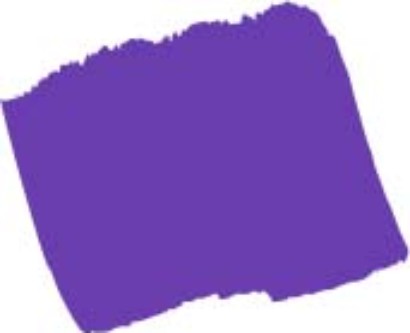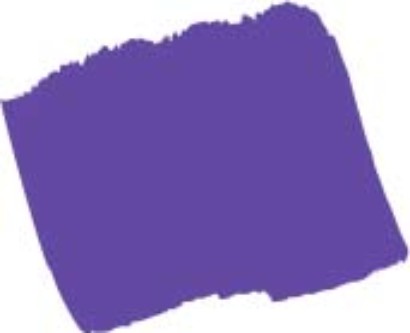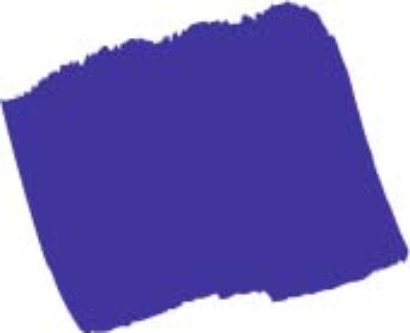Recherche


Please rotate your device
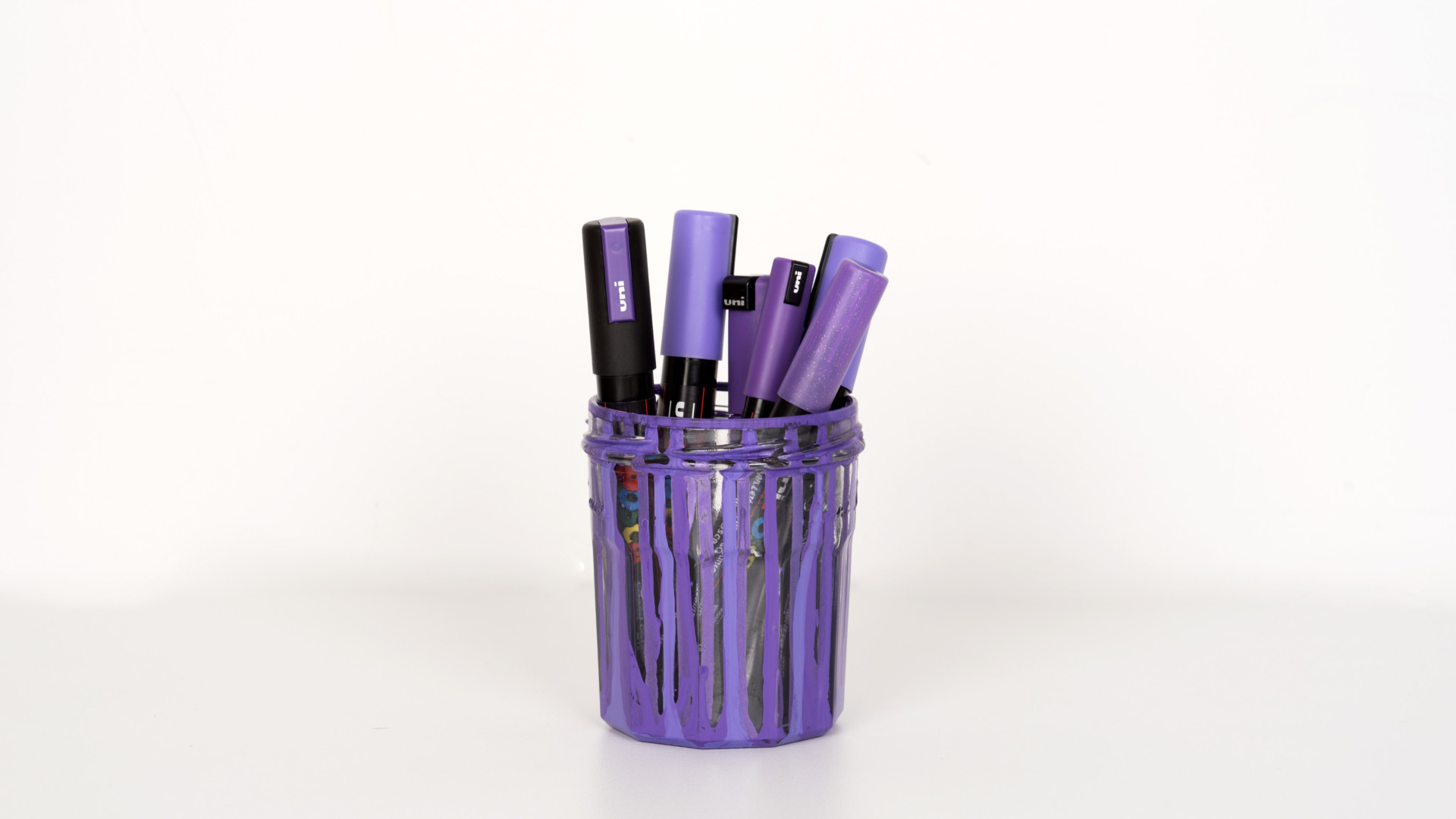
- Home / LOS VIOLETOS
LOS VIOLETOS
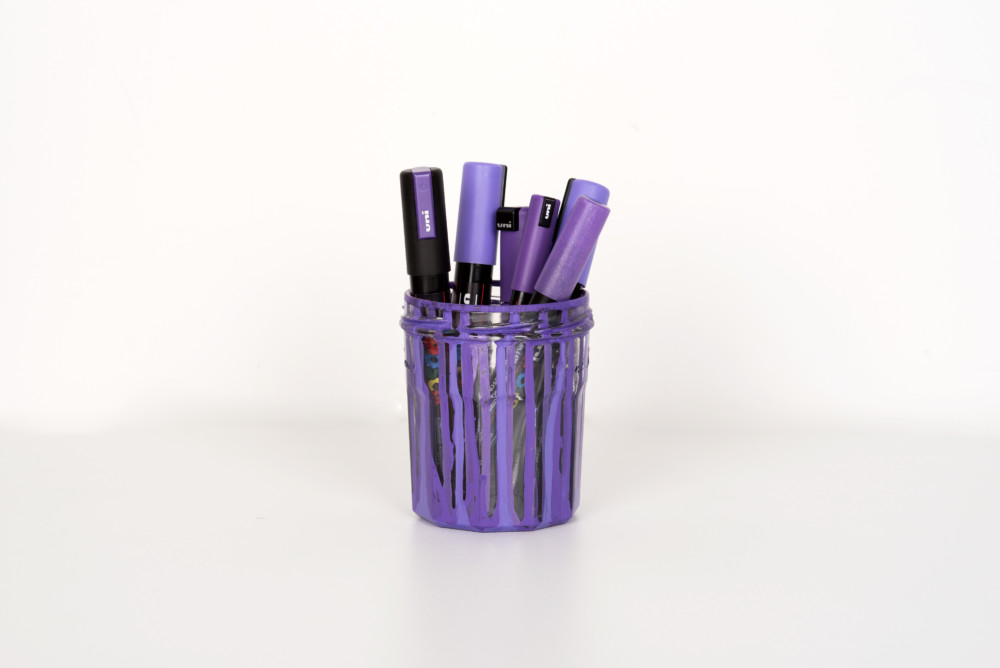
Violet is a secondary colour. Its main complementary colour is yellow.
It’s considered more of a cool colour. However, because its production in painting is the result of a cool colour and a warm colour, it can be warm or cool depending on the proportions of the recipe.
When it’s dark, violet gives an impression of heat. When it’s light, it imparts an opposite cold sensation. Among the variations of violet, there is lilac, mauve, and plum.
It’s a colour naturally found in nature: fruits, vegetables, minerals, plants.
In the additive colour system (the physical approach), violet is a tertiary colour obtained by mixing blue and magenta, which is itself from a blue and red mix. So, if you pass a white light through a prism, the spectrum would turn it violet last. In painting, according to the subtractive system, violet is from the blue and orange mix.
Violet was only named as of the 18th century, when Newton identified it on the solar spectrum between magenta and blue.
Not used very much in ancient art, violet resurfaces at the end of the 20th century and finds its place in street art and the decorative arts.
The artist Isabelle Collin Dufresne chose her pseudonym “Ultra Violet” on the advice of Andy Warhol and expressed her attachment to violet by wearing it extravagantly, going so far as to wear a violet wig.
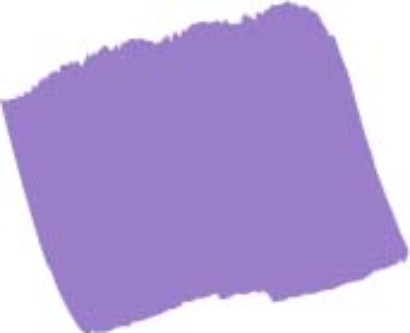
Violeta purpurina



















.png)























.png)




